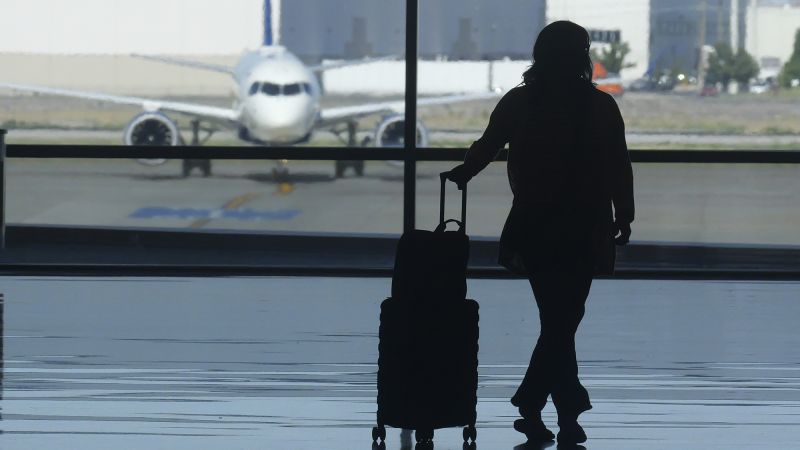Frequent flyer programs have become a crucial part of the profitability of the airline industry, with banks and credit card issuers paying billions of dollars to airlines for bulk miles to reward cardholders for using their cards. The revenue generated from co-branded cards and partnerships is significant for major carriers like Delta, American, and United, providing a substantial portion of their adjusted incomes. The profit margin on selling miles to credit card companies is about 50%, making it a significant source of income for airlines.
These loyalty programs not only generate revenue for airlines but also serve as a way to encourage travel and build customer loyalty in a competitive marketplace. However, they are now facing new scrutiny, with the Department of Transportation launching an investigation to ensure consumers are treated fairly. Proposed legislation to cap fees that credit card companies charge merchants could impact the profitability of the programs, potentially leading to changes or the discontinuation of rewards programs.
Consumers should be cautious when accumulating miles through credit card purchases to ensure they are not overpaying for their tickets using miles instead of cash. The value of a mile is typically around 1.2 to 1.3 cents, so it’s essential to compare the cost of a ticket in miles versus cash to ensure it is a good deal. During the pandemic, revenue from credit card companies became a lifeline for airlines, with many selling bonds backed by payments for miles to raise cash when air travel came to a halt.
While some investors may value frequent flyer programs more than the airlines themselves, it is essential to recognize the intrinsic value of the programs comes from actual flights. These programs are vital to the economics of running an airline, not just for the direct profits they bring in, but also for attracting and retaining customers. Loyalty programs play a significant role in keeping consumers engaged and invested in the airline industry, providing value to both the airlines and customers.
Overall, frequent flyer programs are a crucial element of the airline industry’s revenue stream, with banks and credit card companies playing a significant role in funding these programs. While they provide benefits to both consumers and airlines, they are now facing increased scrutiny to ensure fair treatment for consumers. Finding a balance between profitability for airlines and value for customers will be essential as the industry navigates the changing landscape of loyalty programs and regulatory oversight.















